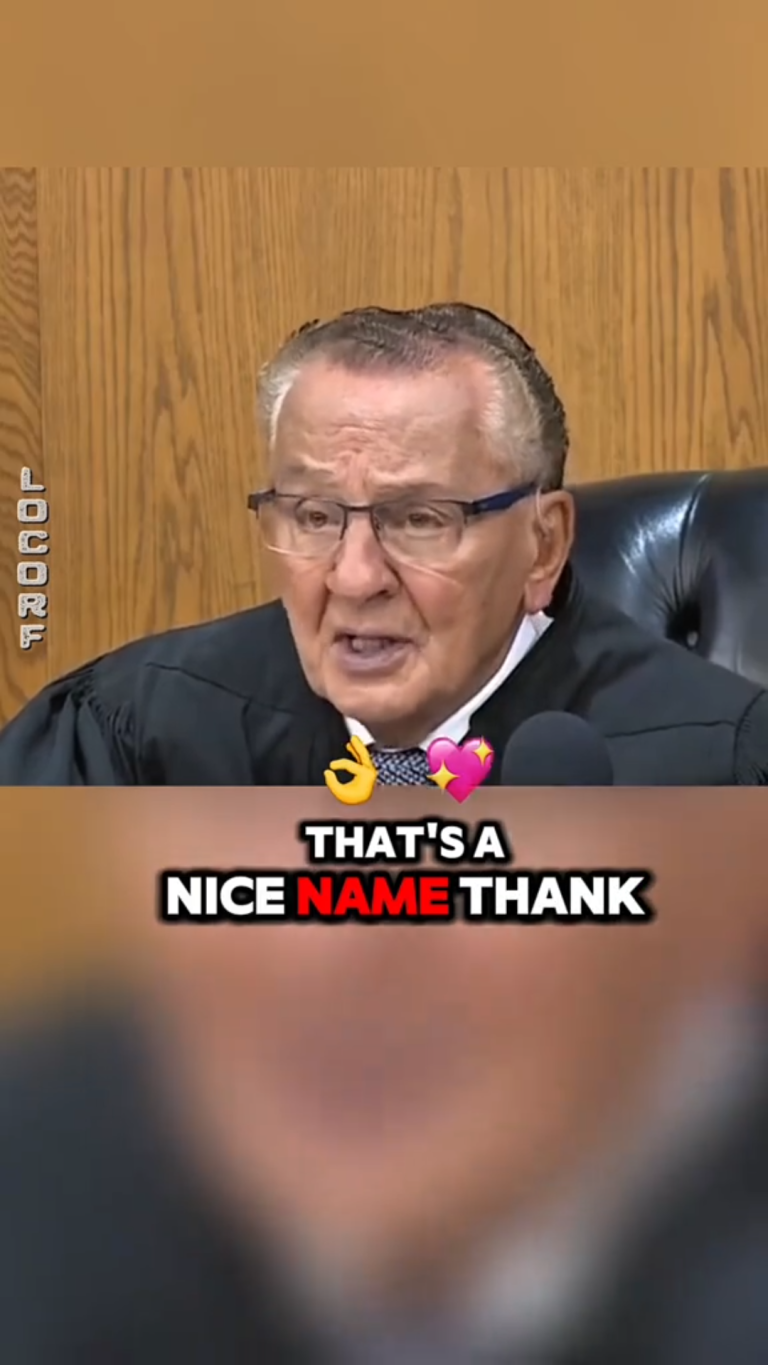
A Riverside County courtroom witnessed a rare moment of empathy yesterday as a man, Thomas Greene, 38, explained why he ran a red light while driving his sick daughter to the hospital. Judge Frank, presiding over the case, responded with understanding, showing a human side rarely seen in traffic hearings.
The Incident
According to court documents, Greene was pulled over after running a red light in downtown Riverside. He was accompanied by his 6-year-old daughter, who was feverish and in distress at the time.
In court, Greene explained:
“I saw the light turn red, but my daughter was very sick. I panicked and just wanted to get her to the hospital safely.”
Judge Frank’s Response
Judge Frank acknowledged the seriousness of running a red light but expressed empathy for Greene’s situation:
“Mr. Greene, I understand that sometimes in emergencies, decisions are made with urgency. The court appreciates that your intent was to protect your child.”
The judge imposed a minimal fine and reminded Greene to exercise caution even in emergencies, noting that the law requires safe driving practices at all times.
Family Reaction
Greene’s daughter, though ill, was reportedly comforted by her father’s presence and the judge’s understanding demeanor. Family members in court expressed relief and gratitude for the fair treatment.
“We were worried about the legal consequences, but the judge really understood what was happening,” said Greene’s wife.
Community Response
Social media users praised the judge’s compassion:
- “It’s nice to see a judge acknowledge real-life emergencies instead of just punishing blindly.”
- “Parenting is hard enough—kudos to Judge Frank for understanding.”
Legal Perspective
Traffic law experts note that while emergency situations can sometimes justify violations, courts weigh intent and circumstances carefully. Judge Frank’s approach reflects a balance of upholding the law while showing humanity.
“This is a good example of discretion used appropriately,” said attorney Lisa Morales. “The law protects the public, but courts also recognize human factors.”




